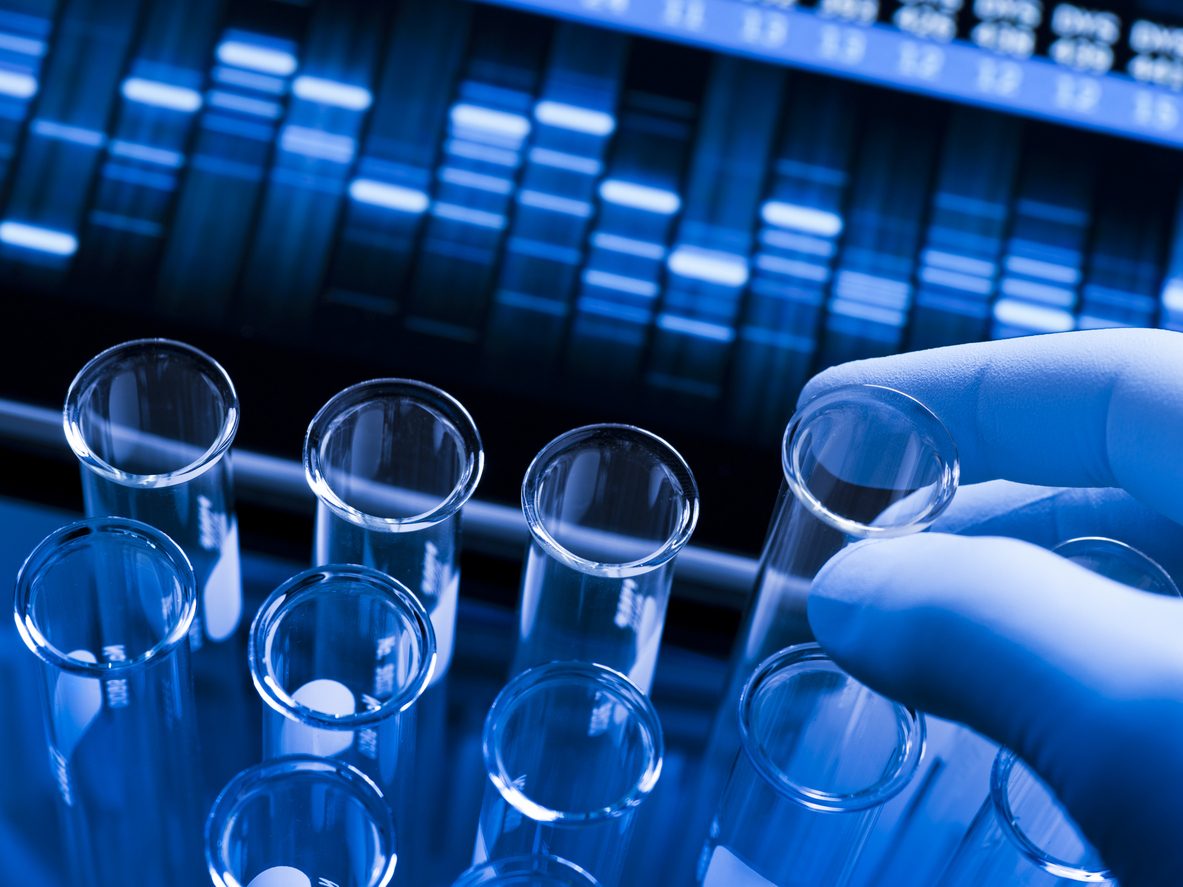Home » News and events »
Comprehensive tissue reference for understanding rheumatoid arthritis created

Research theme
People involved
Inflammatory Arthritis Theme Lead
Researchers have compiled a comprehensive reference of synovial tissue from patients with rheumatoid arthritis, which could inform new targeted therapies.
The newly developed reference of rheumatoid arthritis synovial tissue – the tissue found between joints – is compiled of 314,000 single cells, using synovial tissue from 79 donors with rheumatoid arthritis. The reference has helped characterise cells in arthritic joints into six subcategories for better understanding the disease and predicting treatment effectiveness.
It is well known that treatments for rheumatoid arthritis vary in their effectiveness between patients, which suggests that the condition has differences which clinicians and researchers do not yet fully understand. Understanding various cell states and pathways could shine a light on the differences within this disease.
In this study, tissues were grouped depending on different cell types present. These groupings, known as cell type abundance phenotypes (CTAPs), were found to help predict response to treatment, which highlights the potential for these groupings to have use in the clinic.
The study, published in Nature, was conducted by an international team of scientists, including researchers from the University of Birmingham, Birmingham Biomedical Research Centre (BRC), the Clinical Research Facility and Birmingham Tissue Analytics.
This model has the potential to serve as a powerful prototype to classify other types of tissue inflammation, providing insights into disease pathogenesis with the possibility of revealing new treatment targets and robust biomarkers for precision medicine.
– Professor Andrew Filer, co-lead of the BRC’s Inflammatory Arthritis research theme
The researchers inferred different CTAPs using RNA sequencing and flow cytometry data. They found that certain CTAPs were associated with better or worse clinical outcomes and that CTAPs can change in response to treatment.
Rheumatoid arthritis is an autoimmune disease that causes inflammation and destruction of the joints. It affects up to 18 million people globally, according to the World Health Organisation. Individuals with rheumatoid arthritis experience their own immune systems attacking the lining of their joints. This causes inflammation, which leads to symptoms such as pain, stiffness and fatigue. There is currently no cure for rheumatoid arthritis though it can be managed to different extents in different patients.
Rheumatoid arthritis can affect anyone of any age but is more common in the older population. Genetics can indicate risk of developing rheumatoid arthritis but there are environmental triggers too, such as smoking, infection, stress or trauma. The cause of rheumatoid arthritis differs from case to case. There is no single test that detects rheumatoid arthritis so diagnosis can be difficult, especially as symptoms can come and go.
Treatments can be used to control pain and reduce inflammation, with some intended to control the disease in the long term and reduce and prevent joint damage. For some people disease is more aggressive and therefore more difficult to get under control. Improved understanding around why different people respond differently to treatment options should help to find better treatments for those who do not currently respond so well.



